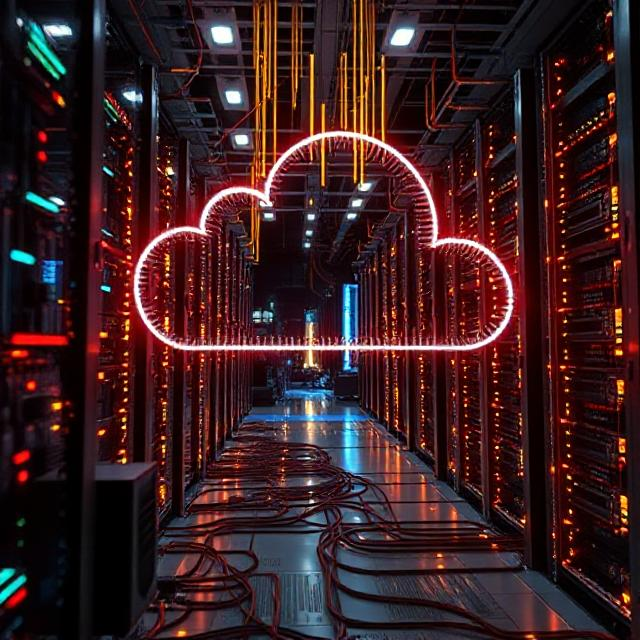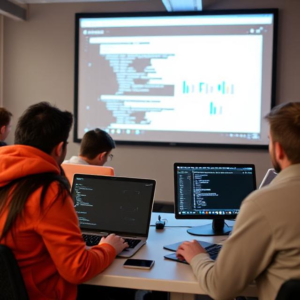Description
Course syllabus for hardware, networking, and cloud computing typically covers computer fundamentals, hardware components, networking concepts, and cloud technologies, including virtualization, cloud service models, and cloud security.
Duration : 150 Hrs
Here’s a more detailed breakdown of what you might expect to find in such a syllabus:
-
Basic Components:Understanding the roles of the motherboard, CPU, RAM, storage devices (HDD, SSD), and peripherals.
-
Assembling and Troubleshooting:Practical skills in assembling and disassembling computers, identifying and resolving hardware issues.
-
Operating Systems:Installation, configuration, and maintenance of Windows and Linux operating systems.
-
Hardware Configuration:
Understanding and configuring various hardware components and peripherals.
- Network Topologies: Understanding different network topologies (bus, star, ring, mesh) and their characteristics.
- Network Devices: Learning about hubs, switches, routers, bridges, and firewalls.
- Network Protocols: Understanding TCP/IP, DNS, DHCP, and other essential protocols.
- IP Addressing: Understanding IPv4 and IPv6 addressing, subnetting, and network configuration.
- Network Security: Introduction to network security concepts, firewalls, and common threats.
- Wireless Networking: Understanding Wi-Fi standards and technologies.
- Network Troubleshooting: Practical skills in diagnosing and resolving network issues.
- Introduction to Cloud Computing: Understanding the concepts, benefits, and challenges of cloud computing.
- Cloud Service Models: Understanding IaaS (Infrastructure as a Service), PaaS (Platform as a Service), and SaaS (Software as a Service).
- Cloud Deployment Models: Understanding public, private, hybrid, and community cloud deployment models.
- Virtualization: Understanding virtualization technologies and their role in cloud computing.
- Cloud Security: Learning about cloud security threats, vulnerabilities, and security best practices.
- Cloud Infrastructure: Understanding the components of a cloud infrastructure, including servers, storage, and networks.
- Cloud Service Providers: Exploring major cloud service providers like AWS, Azure, and Google Cloud.
-
Hands-on Labs:
Practical exercises to reinforce theoretical concepts, such as network configuration, server administration, and cloud deployment.
-
Case Studies:
Analyzing real-world scenarios and challenges in hardware, networking, and cloud computing.
-
Troubleshooting:Developing skills in diagnosing and resolving hardware, network, and cloud-related issues.






Reviews
There are no reviews yet.